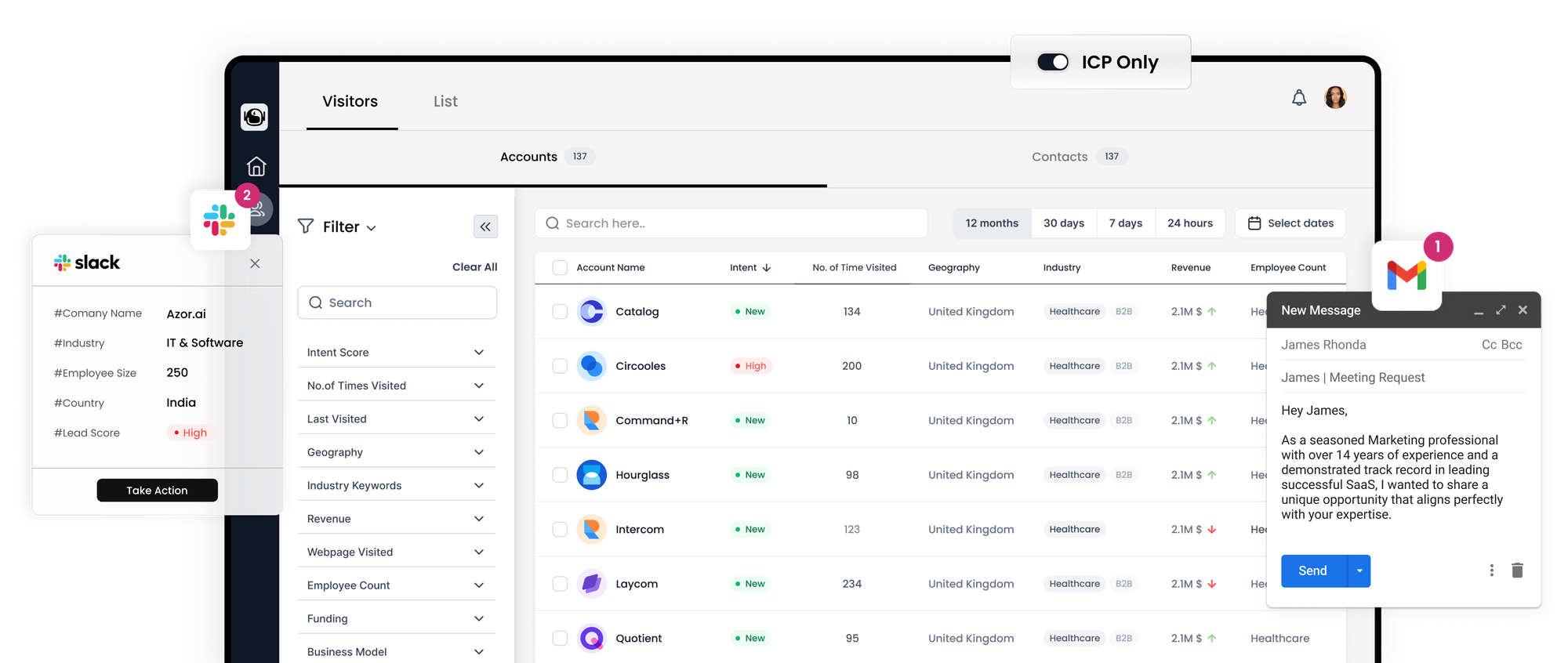Understanding Demand Generation in Marketing: 15 Essential Tactics

As marketing units progress, they recognize that the shine of SEO can only illuminate the path to a certain extent. There comes a time when piquing interest must be turned into securing clientele, which is the essence of demand generation.
Demand generation marketing serves as a dynamo for enhancing brand visibility, amplifying web traffic, and garnering fresh leads. It effectively breaks down barriers between sales and marketing factions. To cultivate an ample pipeline of potential customers, give due attention to the insights in this discourse.

Defining Demand Generation Marketing
Demand generation marketing revolves around forging and expediting a reliable pipeline for your sales team. It begins with campaigns designed to draw your audience into your communication fold, primarily through mailing list subscriptions. It also steers the audience toward active engagement with your content and participation in your events. Through demand generation efforts, your prospects are nurtured and continually reminded of your brand’s presence.
The aim is to escort potential customers along the buyer's journey until they reach a point of sales-readiness. At that juncture, they're primed for conversion via an effective sales pitch.
Contrasting Demand Generation and Lead Generation
Demand generation is about audience expansion, attracting site newcomers and acquainting them with your offerings, while lead generation is about converting an interested audience into leads primed for sales dialogue. Despite their close relation, they have distinct paths, elucidated further in our in-depth article on the subject.
An audience member might not be immediately prepared for a sales interaction but may be inclined to engage with your content. Providing valuable, entertaining, and practical content nurtures trust and brand familiarity, ensuring you're in a favorable position when they're ready to make a purchase decision.
Lead generation is more concentrated on moving prospects into a "qualified" state to begin a dialogue with the brand.
Demand and lead generation strategies may intersect. For instance, webinars aimed at product education can serve dual purposes, and nurturing activities can be relevant to both approaches as prospects are guided toward conversion.
The B2C versus B2B Demand Generation Approach
For B2C businesses, securing a decision often involves just the individual customer, possibly influenced by their close relations. In contrast, B2B marketing requires consensus from entire teams or departments, extending the sales cycle. B2B buying decisions, sometimes taking over a year, result from thorough scrutiny and consensus at various organizational echelons. Therefore, B2B demand generation initiatives form a foundational part of cultivating your sales funnel.
The Significance of Demand Generation Marketing
Demand generation shares similarities with attraction marketing in igniting customer interest in your brand but extends beyond emotional appeal to wider applications and advantages.
Elevating Brand Awareness
Demand generation programs don't merely funnel visitors to your site; they position your brand prominently for those who may not currently require your products. Consistent exposure through leadership articles, conference presentations, and social media presence fortifies trust and brand recognition over time.
While some demand generation tactics yield immediate engagement, the strategy’s real value lies in its long-term effects as it positions your business as a go-to when a need arises.
Boosting Lead Generation
Although broader in scope, effective demand generation strategy significantly increases lead count.
Properly executed, it replenishes the sales funnel with fresh leads, a portion of which may quickly become high-quality prospects. The maturation of these leads, however, can vary in duration depending on your market and offerings.
For strategies on maintaining a steady lead flow, particularly during erratic sales cycles, refer to our article on consistent lead generation.
Amplifying Revenue
In essence, a higher volume of qualified leads translates into increased revenue. Online demand generation strategies cater to both immediate and sustained revenue growth, delivering results in the short-term and sustaining your pipeline and rapport with your audience over time.
Top 15 Strategies for Generating Demand in Marketing
We’ve compiled a comprehensive list of 15 top-tier demand generation strategies, each an exemplar of content marketing that might already be familiar.
1. **Blogging**: Craft blog content that directly addresses your audience's challenges and interests to foster long-term engagement and loyalty. Blogging stands out as a key strategy for enhancing online presence, attracting the right visitors, fostering audience interaction, and guiding them towards further educational steps like downloading materials or registering for webinars.
2. **Lead Magnets**: Employing lead magnets in conjunction with blogging and SEO can significantly power your demand generation efforts. Offer high-value resources like research, guides, and checklists that require an email sign-up, setting the stage for ongoing marketing engagement.
3. **Events (Both Physical and Digital)**: Utilize live events to forge vital industry connections and present unique brand experiences. In the digital realm, replicate these experiences with virtual tools that captivate the remote audience.
4. **Account-Based Marketing (ABM)**: ABM concentrates on a well-defined audience to synchronize marketing strategies across various platforms. It involves personalized campaigns that may span from email marketing to customized landing pages.
5. **Webinars**: Position your brand as a thought leader and gather audience opt-ins by hosting webinars that address industry challenges or introduce new products, possibly featuring influential guest speakers for broader reach.
6. **Podcasting**: This medium allows extended engagement with your audience in a space that’s not yet oversaturated, providing an opportunity to build your brand's thought leadership and audience rapport over time.
7. **Video Marketing**: Videos create an engaging and memorable connection with your audience, with the potential for higher retention compared to text, hence boosting demand generation.
8. **Direct Mail**: Don’t discount the traditional appeal of direct mail, which can be particularly effective in B2B contexts when personalized and well-targeted.
9. **Sweepstakes and Contests**: Leverage the allure of giveaways to collect contact information and engage your audience, potentially harnessing these interactions for market research and customer insights.
10. **Social Media Campaigns**: Engage your target audience on their preferred social platforms with campaigns that encourage active interaction, using monitoring tools to stay relevant and responsive.
11. **Public Relations (PR) Campaigns**: PR can serve as a versatile tool in demand generation, from media engagement to leveraging company leadership as brand ambassadors, boosting credibility and authority.
12. **Influencer Marketing**: Forge partnerships with influencers who resonate authentically with their audiences, prioritizing engagement quality over sheer numbers for more impactful campaigns.
13. **Strategic Partnerships**: Drive demand by collaborating with businesses that share your target demographic, co-creating content or events that provide mutual audience benefits.
14. **Free Online Tools**: Offering useful tools for free can not only engage users but also drive substantial backlinks and word-of-mouth promotion, expanding your brand’s reach.
15. **B2B SEO**: Invest in B2B SEO to refine your digital content, aligning with your audience’s search behaviors to enhance your brand’s online discoverability and awareness.
For each piece of content, thorough SEO practices such as keyword optimization, on-page enhancements, and technical improvements should be employed to ensure the best return on investment.
